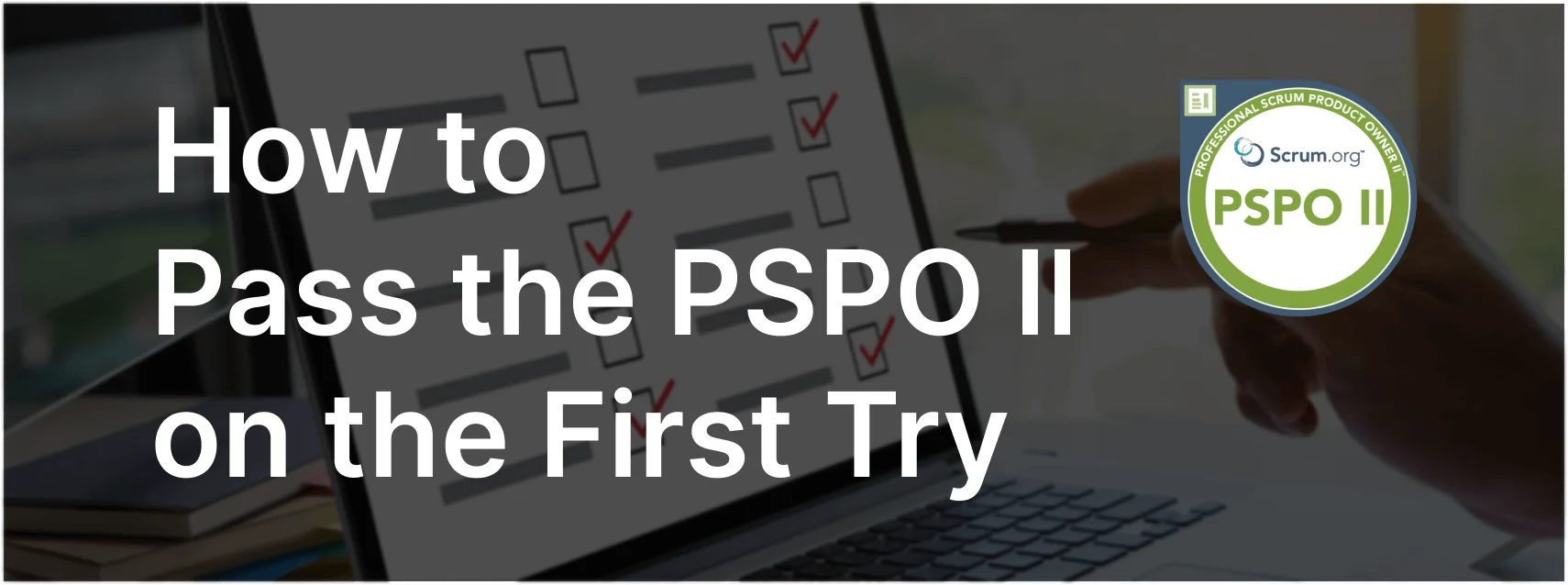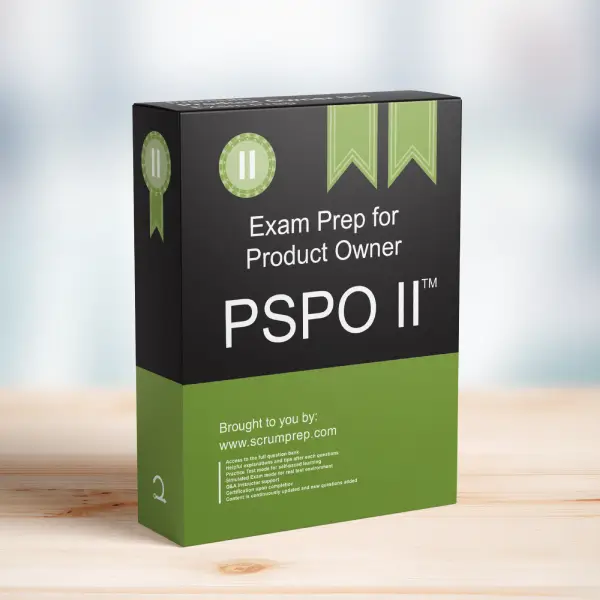Balancing Profitability and Market Share: Pricing Decisions for Product Owners
Deciding on the appropriate pricing strategy involves weighing various factors to maximize market share without compromising profitability. This article examines key considerations for Product Owners when faced with pricing decisions.
Exam Question
Your executive leadership team believes that your product can achieve higher market share.
– The Sales Leader is pressing you to reduce the price of the product to attract more customers.
– The Director of Finance is concerned that reducing the price will merely reduce the product’s profitability.
What sources of information should you consider when deciding whether to drop the price as the Sales Leader is suggesting?
(choose the best four answers)
A. Market share.
B. Channel sales strategy.
C. Company earnings targets.
D. Competitor pricing.
E. Customer satisfaction.
F. Unmet customer needs.
Correct Answer
A. Market share.
D. Competitor pricing.
E. Customer satisfaction.
F. Unmet customer needs.
Explanation
Correct Answers
A. Market share:
Understanding the current market share helps in assessing whether reducing the price could significantly boost market presence and attract new customers.
D. Competitor pricing:
Competitor pricing provides insight into the market landscape and helps determine if a price reduction is necessary to remain competitive.
E. Customer satisfaction:
High customer satisfaction can indicate a willingness to pay a premium. Conversely, low satisfaction might suggest a need for pricing adjustments to improve value perception.
F. Unmet customer needs:
Identifying unmet needs can guide decisions on pricing strategies that enhance perceived value without necessarily reducing prices.
Incorrect Answers
B. Channel sales strategy: While important, channel sales strategy is more related to distribution and availability rather than direct pricing decisions.
C. Company earnings targets: Focusing solely on earnings targets might not provide a balanced view for pricing strategy, as it does not consider external market factors and customer perspectives.
Responsibilities in Scrum
- Product Owner: The Product Owner is responsible for maximizing the value of the product. This involves making informed decisions about pricing strategies based on comprehensive market analysis, competitor positioning, and customer feedback.
- Scrum Master: Supports the Product Owner by facilitating discussions and ensuring that all relevant information is considered.
- Developers: While not directly involved in pricing decisions, Developers can provide valuable input on product enhancements that might justify a higher price point.
Relevance to the PSPO II Exam
Understanding the complexities of pricing decisions is crucial for the PSPO II exam. This knowledge ensures that candidates can make balanced decisions that maximize both market share and profitability, aligning with broader business goals.
Key Takeaways
- Pricing decisions should be based on a thorough analysis of market share, competitor pricing, customer satisfaction, and unmet needs.
- The Product Owner must balance profitability concerns with strategies to attract and retain customers.
- Effective pricing strategies are essential for maximizing product value and achieving business objectives.
Conclusion
Deciding on whether to reduce the price of a product requires careful consideration of various factors. By analyzing market share, competitor pricing, customer satisfaction, and unmet needs, the Product Owner can make informed decisions that balance market share growth and profitability. For more information on preparing for the PSPO II exam, visit our PSPO II Exam Prep.



